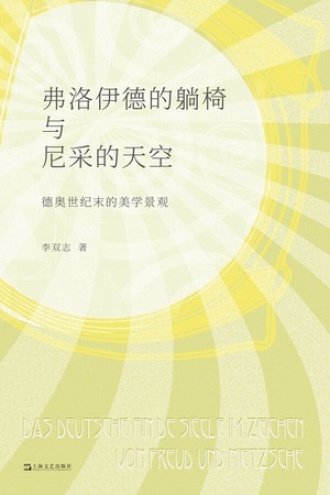
作品简介
在现代文化孕育而生的世纪之末,那些离经叛道的创作者偏爱夕阳西沉时放射出的流光异彩,在爱欲死亡交织的网里寻觅脱离凡俗的异类快感,以人工造就的声色幻象来反抗工业时代与庸众社会的枯索无聊。是一时之势,是一代之才,可追怀,不可追回。
这时势才情,在彼时的欧洲文化空间里,又因流变而多彩。正因为回望容易将那层次丰富的景象看成华丽却模糊的一片,才有必要拨开繁茂的文本丛林溯源而上,看到其中那些曲折与深邃。
德奥的世纪末,在这一片迷离动人的景致中,代表了对反叛再反叛、由忧思推忧思的更深层次。这里有尼采的天空,以生命哲学的寥廓清冷,照见颓废艺术的画地自囚。这里有弗洛伊德的躺椅,以精神分析的犀利敏锐,洞悉情欲与社会之间的纠葛牵动。这里有诗人的感喟,发梦中痴语,又传人间思慕。这里有小说家的描画,描没落之象,而寄嘲讽之识。这里有剧作家的营造,演欲望的起灭,也显幻象的立破。那飞扬动魄的激进美学能量,从其发源地传递至此,改了力道,却也添了向度,依然向外冲击着现代性的桎梏,但也向内反作用于自身而显出审美自省。世纪之末,德奥意蕴,岂止华丽!
本书搁置“世纪末”与“现代主义”概念之间的纠葛,着重揭示从1880年至1910年以现代意识、颓废主题、唯美倾向为特征的“世纪末”美学与现代化进程的密切关联,超越具体流派之争而着眼于整个现代文化的创生机制,从而阐明审美现代性——而非文学史意义上的现代主义——的历史性展开过程。
以欧洲范围的世纪末思潮表现出的共性为出发点,着重研究德奥的世纪末创作者们凭借怎样的思想资源、社会生态和创作手法对世纪末思潮进行了“扩充与改造”。
打破惯用的文学史范畴而侧重于凸显德奥世纪末美学的几个最特色的主题,从而串联起一般会被划分到不同流派的作家、作品:托马斯·曼、霍夫曼斯塔尔、弗兰克·魏德金德、施尼茨勒,还有少为人知但以各自的方式展示德奥世纪末诸多奇特面向的德语作家,包括利奥波尔德·安德里安、斯塔尼斯拉夫·硕布施瓦夫斯基、弗兰西斯卡·祖·雷文特罗等。对这些作品的解读也是在扩充我们对德语现代文学发展谱系的认知。
李双志,复旦大学德语系青年研究员,德国柏林自由大学文学博士,德国哥廷根大学博士后。长期从事现当代德语文学与美学思想研究,对世纪末的颓废派及唯美主义美学有着深入并富于独创性的研究成果。出版有德语专著一部,并有学术和文学译著多部,如《比利时的哀愁》《浪漫派的将来之神》《现代诗歌的结构》《德意志悲苦剧的起源》(合译)等。
Introduction of works
At the end of the century when modern culture was born, those deviant creators preferred the flowing light emanating from the setting sun, seeking in the web of love and death a strange pleasure from the ordinary, and rebelling against the dull boredom of the industrial age and the mediocre society with artificial illusions of sensuality. It is a temporary trend, a generation of talent, can be cherished, can not be recovered.
In the European cultural space at that time, the talent of this time was colorful because of the change. It is because it is easy to look back on the rich scene as a gorgeous but vague piece, it is necessary to go back to the source of the lush text jungle, to see those twists and turns and depth.
At the end of the century of Germany and Austria, in this blurred and moving landscape, it represents the deeper level of rebellion and rebellion, from worry to worry. Here there is Nietzsche's sky, with the life philosophy of the boundless cold, reflecting the decadent art of painting the ground from the prisoner. Here is Freud's chaise longue, with psychoanalytic sharpness, insight into the entanglements between lust and society. There are poet's sentiment here, hair dream crazy language, and spread the world yearning. Here is the novelist's painting, describing the image of decline, but sending the sense of irony. There is the creation of the playwright, the rise and fall of the desire to play, and the establishment of the illusion. The energetic radical aesthetic energy, transmitted from its birthplace, has changed its strength but also added dimension, still impacting the shackles of modernity outwards, but also reacting inward to itself and showing aesthetic introspection. At the end of the century, the implication of Germany and Austria is more than gorgeous!
This book sets aside the entanglements between the concepts of "the end of the century" and "modernism", focuses on revealing the close connection between the "end of the century" aesthetics from 1880 to 1910, characterized by modern consciousness, decadent themes, and aesthetic tendencies, and focuses on the creation mechanism of the entire modern culture, transcending the struggle of specific genres. Thus, it illustrates the historical development process of aesthetic modernity, not modernism in the sense of literary history.
Starting from the commonality of the late century trend of thought in Europe, this paper focuses on the "expansion and transformation" of the late century trend of thought by the German and Austrian creators with their ideological resources, social ecology and creative techniques.
Breaking the usual category of literary history and focusing on highlighting several of the most distinctive themes of German and Austrian aesthetics at the end of the century, thereby connecting writers and works that would normally be divided into different schools: Thomas Mann, Hofmannsthal, Frank Wedekind, Schnitzler, and other lesser-known German-language writers, including Leopold Andrean, Stanislaw Shobschwowski, Francesca Zu Reventro, and others, who in their own way demonstrated many of the peculiar aspects of the late Austrian century. The interpretation of these works is also to expand our understanding of the development of modern German literature.
Li Shuangzhi is a young researcher in the Department of German at Fudan University, a doctor of Literature at the Free University of Berlin, and a postdoctoral fellow at the University of Gottingen, Germany. He has been engaged in the research of modern and contemporary German literature and aesthetics for a long time, and has in-depth and original research results on the decadence and aestheticism of the end of the century. He has published a monograph in German, and a number of academic and literary translations, such as "Belgian Sorrow", "The Romantic God of the Future", "The Structure of Modern Poetry", "The Origin of the German Drama of Sorrow" (combined translation).
 热门标签
热门标签
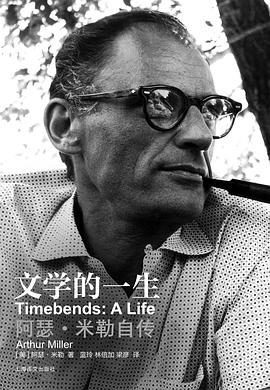
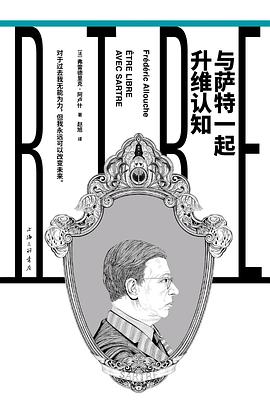
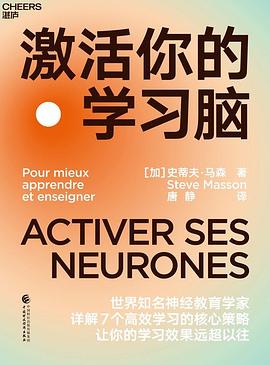

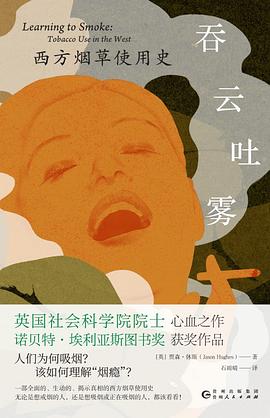

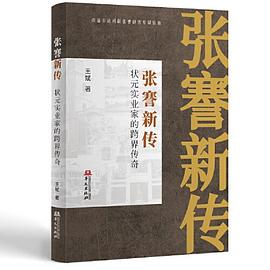

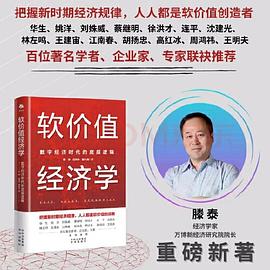
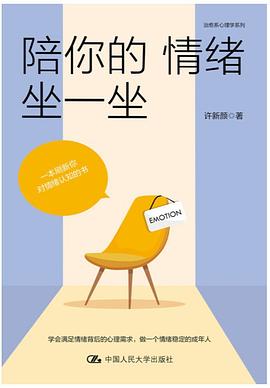
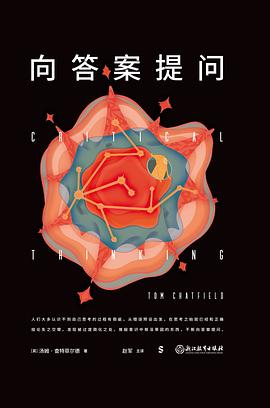

 书单推荐
书单推荐